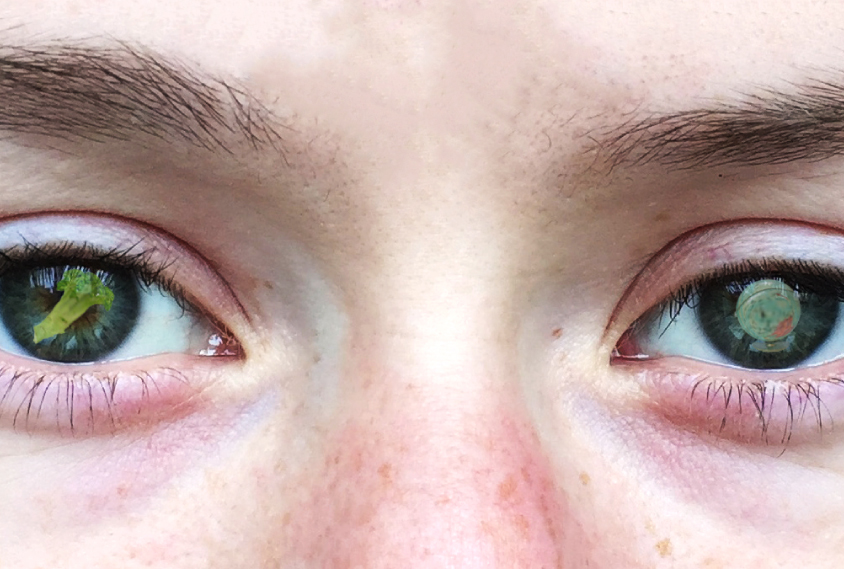
Caroline Robertson
THIS ARTICLE IS MORE THAN FIVE YEARS OLD
This article is more than five years old. Autism research — and science in general — is constantly evolving, so older articles may contain information or theories that have been reevaluated since their original publication date.
Adults with autism struggle to reconcile conflicting visual information, according to unpublished results presented today at the 2015 Society for Neuroscience annual meeting in Chicago. These findings point to a signaling imbalance in the autism brain.
Many individuals with autism are highly sensitive to sights, sounds and other sensory stimulation. One theory posits that this sensitivity may arise from a lack of inhibitory brain activity.
To test this idea, researchers gave people with autism a binocular rivalry task, in which the researchers present different images — say, a piece of broccoli and a globe — separately to the right and the left eye of the individual.
Although the two images appear simultaneously, people see them one at a time, alternating between the eyes. People who have autism switch between the right- and left-eye images more slowly than other people do, and they are more likely to report seeing a merged version of the two pictures1.
In the brain, the excitatory chemical messenger glutamate drives visual neurons to register the image presented to one of the eyes. Meanwhile, neurons that release the inhibitory chemical gamma-aminobutyric acid (GABA) suppress the perception of the image presented to the other eye. The stronger both of these signals are, the more a person’s visual system can suppress the confusing experience of seeing the two images at once.
“GABA and glutamate should govern the strength of visual suppression,” says Caroline Robertson, a postdoctoral fellow in Nancy Kanwisher’s lab at the Massachusetts Institute of Technology. Robertson presented the results at the meeting.
Signature of imbalance:
Robertson gave the binocular rivalry task to 21 adults with autism and 20 controls while they lay in a brain scanner. Participants pressed a button to indicate whether they saw the image presented to the left eye or the right eye or a mixture of the two.
Replicating their earlier work, the researchers found that the individuals with autism switched between the two images more slowly than did the controls. The people with autism also reported seeing more mixed images, suggesting that they have trouble suppressing conflicting visual information. This visual deficit tracked with symptom severity. The weaker a person’s ability to block out the rival image, the more severe his or her social and communication impairments.
Extending these psychological experiments, the researchers for the first time measured levels of glutamate and GABA in the visual cortex, a region at the rear surface of the brain, using a type of imaging called magnetic resonance spectroscopy.
They saw no differences in the levels of these brain chemicals between the two groups. In controls, higher GABA levels were paired with better visual suppression. But this relationship did not hold in the individuals with autism, indicating that impaired inhibitory circuitry drives the visual suppression deficits in autism. (Glutamate levels predicted suppression in both groups.)
“This is a signature of imbalance between inhibition and excitation in the brain,” Robertson says. A more general theory posits that many features of autism may result from such an imbalance.
Reduced inhibitory function in the brain could even explain some cognitive problems in autism, Robertson says. In particular, it could underlie deficits among people with autism in theory of mind, in which individuals have to suppress their own thoughts to understand what someone else may be thinking.
For more reports from the 2015 Society for Neuroscience annual meeting, please click here.
By joining the discussion, you agree to our privacy policy.